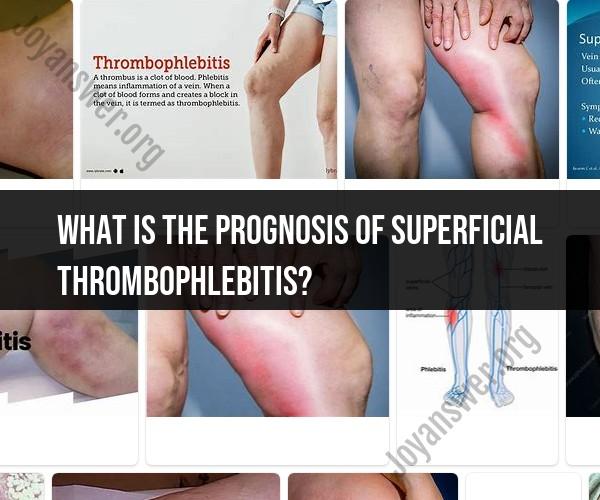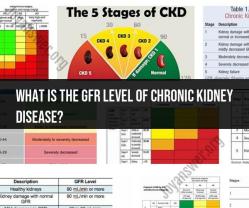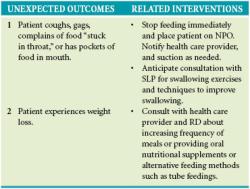What is the prognosis of superficial thrombophlebitis?
Superficial thrombophlebitis is a condition characterized by inflammation and clot formation in a superficial vein, typically near the surface of the skin. Understanding the prognosis and effective management strategies is essential for individuals diagnosed with this condition. This guide provides insights into what to expect and how to manage superficial thrombophlebitis for a successful recovery.
Introduction to Superficial Thrombophlebitis
Superficial thrombophlebitis occurs when a blood clot forms in a superficial vein, often in the legs or arms. It may cause pain, redness, and swelling in the affected area.
Factors Influencing Prognosis
The prognosis of superficial thrombophlebitis is influenced by various factors:
- Cause: Thrombophlebitis can be caused by trauma, infection, or underlying medical conditions.
- Extent of Clot: The size and location of the clot play a role in the severity of symptoms and potential complications.
- Overall Health: Individual health status and presence of underlying medical conditions.
Expected Course of Superficial Thrombophlebitis
Superficial thrombophlebitis often follows a predictable course:
- Inflammation: Initial symptoms include pain, redness, and swelling at the affected site.
- Clot Resolution: Over time, the body naturally dissolves the clot, and inflammation subsides.
- Recovery: Most cases resolve within a few weeks with appropriate care.
Management and Treatment
Effective management strategies include:
- Pain Relief: Over-the-counter pain relievers and anti-inflammatory medications can alleviate discomfort.
- Elevation: Elevating the affected limb helps reduce swelling and promote blood flow.
- Warm Compresses: Applying warm compresses may alleviate pain and improve blood circulation.
- Compression Stockings: Compression garments can help prevent clot extension and reduce symptoms.
- Medical Evaluation: Consult a healthcare professional for accurate diagnosis and appropriate treatment.
Prevention and Follow-Up
Preventive measures and follow-up care include:
- Stay Active: Regular movement and exercise promote healthy blood circulation.
- Avoid Prolonged Immobility: Avoid sitting or standing in one position for extended periods.
- Stay Hydrated: Proper hydration supports overall vascular health.
- Follow Medical Advice: Adhere to recommendations from healthcare providers for optimal recovery.
Conclusion
The prognosis of superficial thrombophlebitis is generally favorable, with most cases resolving within a few weeks. By understanding the expected course, effective management strategies, and preventive measures, individuals can take proactive steps to promote healing, alleviate symptoms, and reduce the risk of complications. Consulting a healthcare professional for accurate diagnosis and guidance is crucial for a successful recovery.











